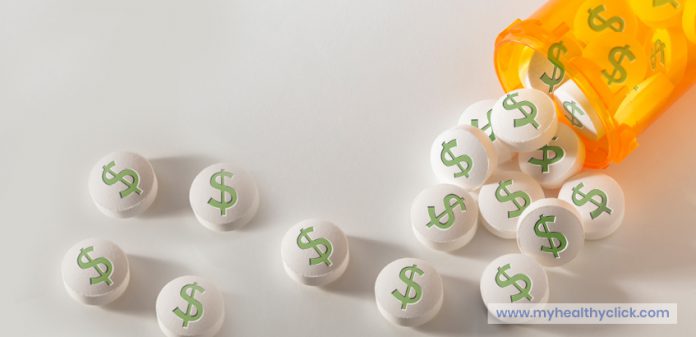The expensiveness of many prescription drugs in the U.S. has been significantly increased by the manufacturers and not by the use of expensive new improvements or innovations.
According to a report published on Monday in the Journal of Health Affairs, the cost of brand-name oral prescription drugs has increased by more than 9 percent each year from 2008 and 2016, and the annual cost of injectable prescription drugs by more than 15 percent.
For instance, the price of insulin increased two-fold between 2012 and 2016, while the price of Lantus, manufactured by Sanofi, increased by 49 percent in 2014.
The experts analyzed the cost data of over 27,000 prescription drugs from a company called First Databank that gathers the sales data of prescription drugs. They evaluated and compared the data with the claims data acquired from the University of Pittsburgh Medical Center. They also considered new as well as existing drugs. They then separated the data into specialty categories, brand-name, and generics to elicit the cost increase estimation.
The brand-name medications accounted for an average 44 percent of all the prescription drug spending. That share has been declining as the drug manufacturers mainly focus on developing high-priced specialty prescription drugs.
One of the professors at Johns Hopkins University says that the price increase on old drugs benefits drug manufacturers as well as insurers who make more money on higher priced prescription drugs.
The research and development of a prescription drug is roughly 17 percent of total spending of the drug in most pharmaceutical companies. Once the FDA approves a drug, there are nominal additional research and development costs. This is where pharmaceutical companies cannot justify the increase in prices by claiming research and development costs.
However, the researchers were able to find that innovation was the reason for a price increase for certain prescription drugs. They also found that the specialty prescription oral drugs increased by 21 percent and injectable drugs by 13 percent from 2008 to 2016.
In 2017, according to National Health Expenditure data, the government, patients, and insurers spent nearly $333 billion on prescription drugs. That was a rise of just 0.4 percent from 2016. However, it increased by more than 41 percent from $236 billion in 2007.
The researchers further explained that their study is based on the list prices of prescription drugs, which did not include the discounts most insurance companies offer on prescription drugs because such discounts are confidential.
Consequently, the study showed a steep rise in the cost of generic drugs. Oral generic drugs rose 4 percent a year, while generic injectable drugs rose 7 percent a year. This price hike may be associated with the patent cliff that hit the market during which the popular drugs lost their patent and their generics were made available.
So, there is definitely a surge in prices when it comes to both prescription and generic drugs. These rising prices are not paying for improving therapies; policymakers should take action, says one of the researchers. The conclusion of this report should be that the elevation in the prices of brand-name drugs was majorly driven by the yearly increase in the price of the prescription drugs that are already in the market.





















